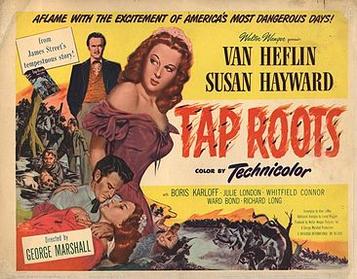I Am the Blood of the Conqueror; I Am the Blood of the Conquered
Christina Torres: Teacher. Runner. Writer.
2015-10-12
Christina Torres, Middle and high school English and Drama Teacher
University Laboratory School, Honolulu, Hawaii
I didn’t know the true extent of Columbus’s reign of horror until a few months ago. Sitting in a Nashville library, I read accounts of the things Columbus and his men did and felt sick to my stomach.
Columbus and his fellow “conquerors” were assholes. There are a number of sources that show this. It’s easy (and correct) to hate it all. The level of prestige bestowed on them is, frankly, disgusting…
…There was also rage. A sickening, black cloud of it stormed in behind my eyes, as it usually does when I read the real history of things. Normally, that rage has a name: white supremacy, slavery, segregation, police brutality, racism, privilege, bias. I can normally pin that rage to something, burn that effigy as things to stay away from and consciously choose to try and rid myself of, to work day and day to scrape out internalized oppression and beliefs.
You can’t scrape bloodlines clean, though…
..I am Mexicana and Filipina. I have been raised to be proud of the centuries of ancestors who came before me. Both cultures place a strong emphasis on not forgetting familial and cultural history…
Read the entire article here.

